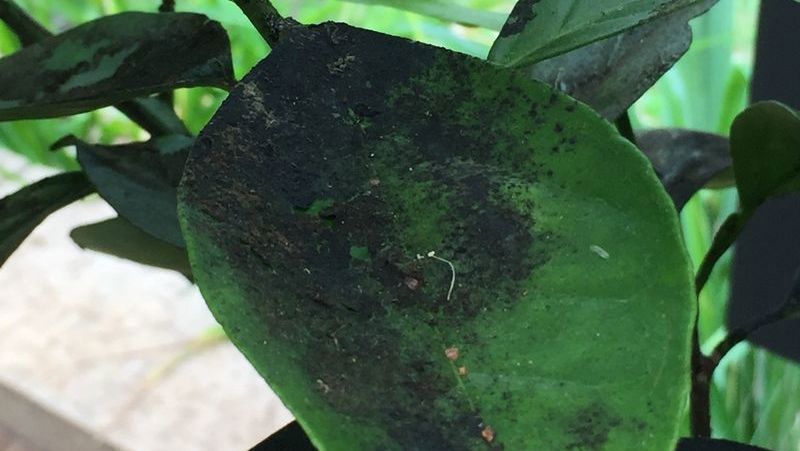Yates Account
Join now
Create a Yates account today!
Sign up to join the Yates Garden Club for monthly e-mails packed with seasonal inspiration, tips for success & exclusive promotions.
Plus if you’re a Garden Club member you can take part in the Yates Growing Community - a blog to share successes, get advice & win prizes in fun challenges along the way!

Forgot password
Enter the email address associated with your account, and we'll email you a new password.
Capnodium sp., Fumago sp., Scorias sp.

What is Sooty Mould
Sooty moulds are fungi which cover plant leaves, stems and twigs in a black sticky substance. In almost all cases, the sooty mould is secondary to an infestation of insects that secrete honeydew. These insects include aphids, scale, mealybugs and white flies. Treating the insects will remove the source of the honeydew and dry up the sooty mould, which will eventually fall or wash off the foliage. The mould itself does not feed on the plant, however as it covers the leaf surface, it is blocking light and reducing photosynthesis, essential for plant growth.
Symptoms
Black sooty growth covering any part of the leaf, stem or branch of plants. Usually can be rubbed off with soap and water.













Share
Share this article on social media